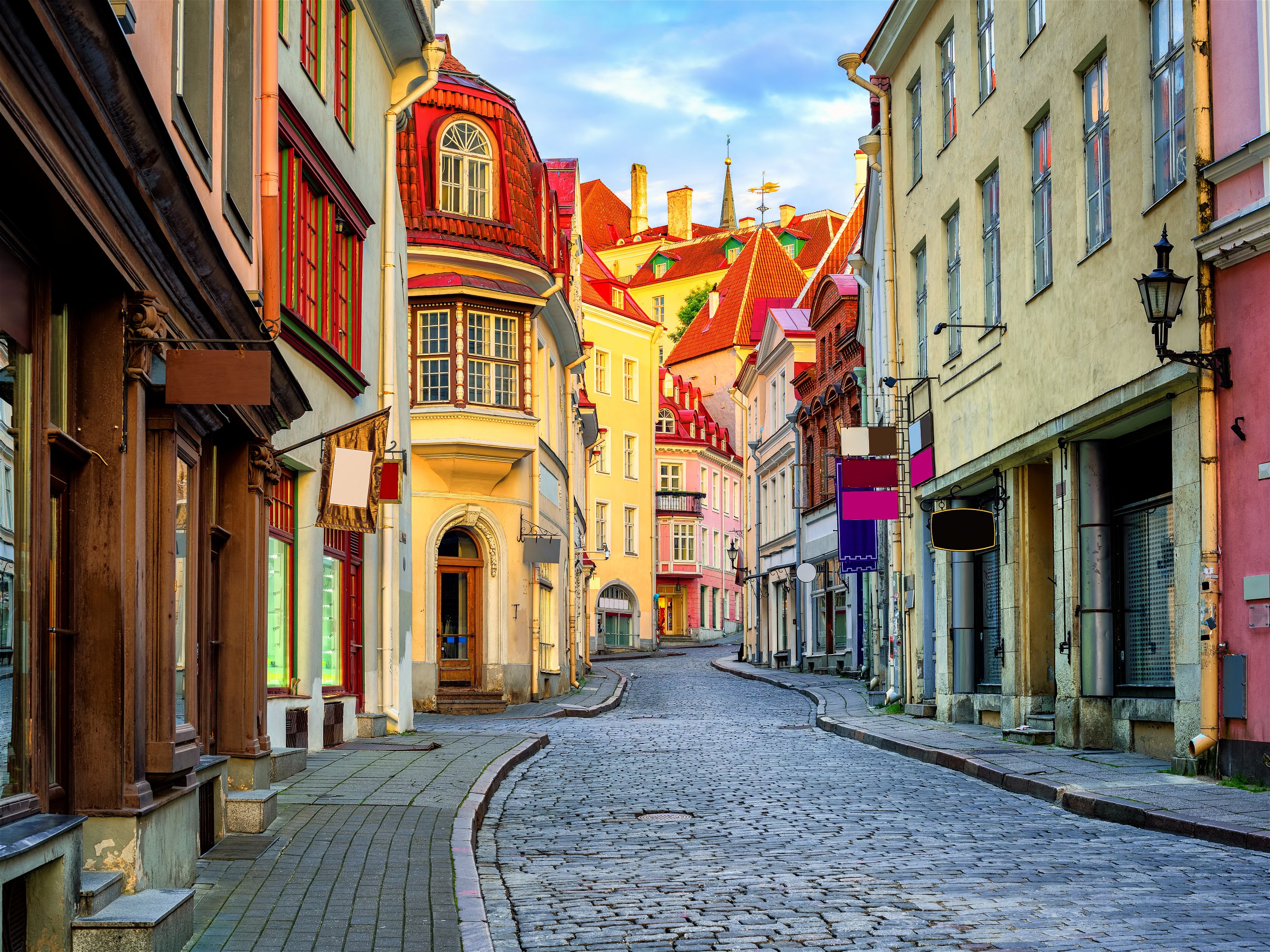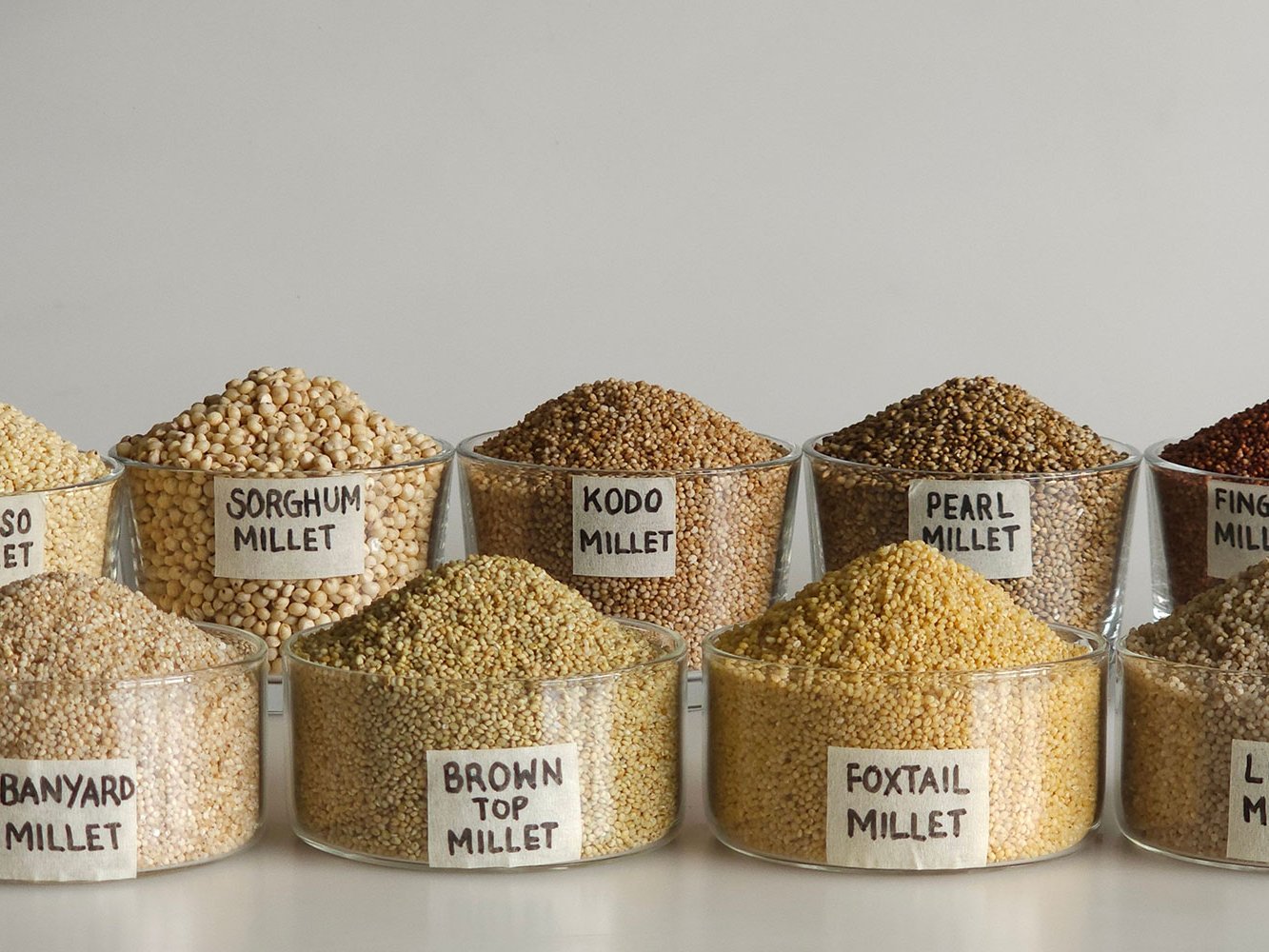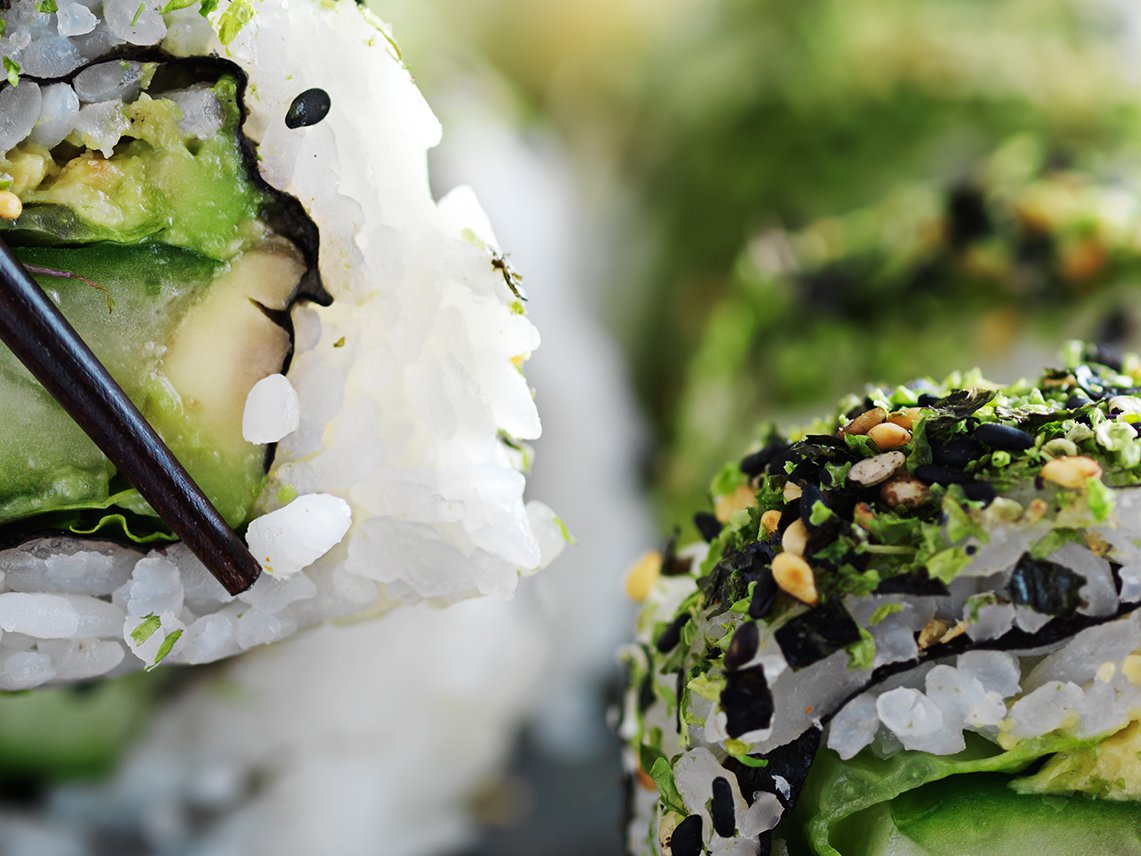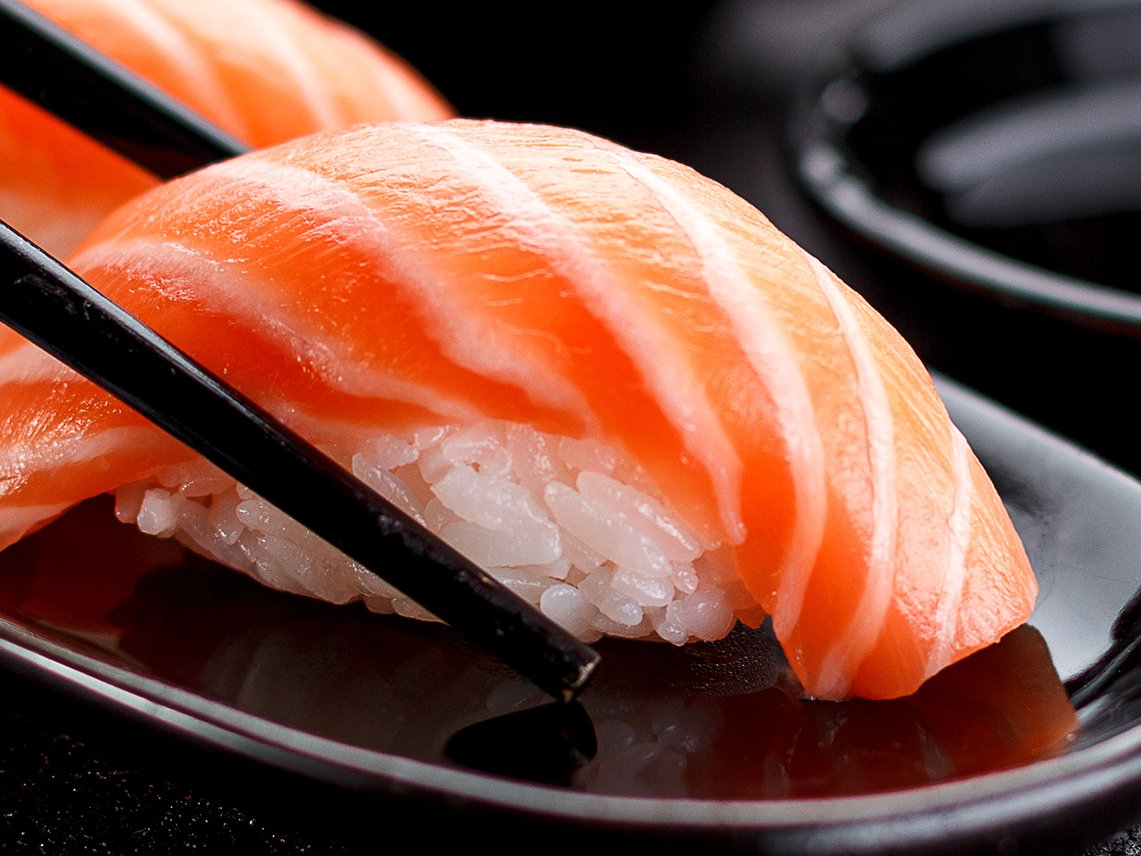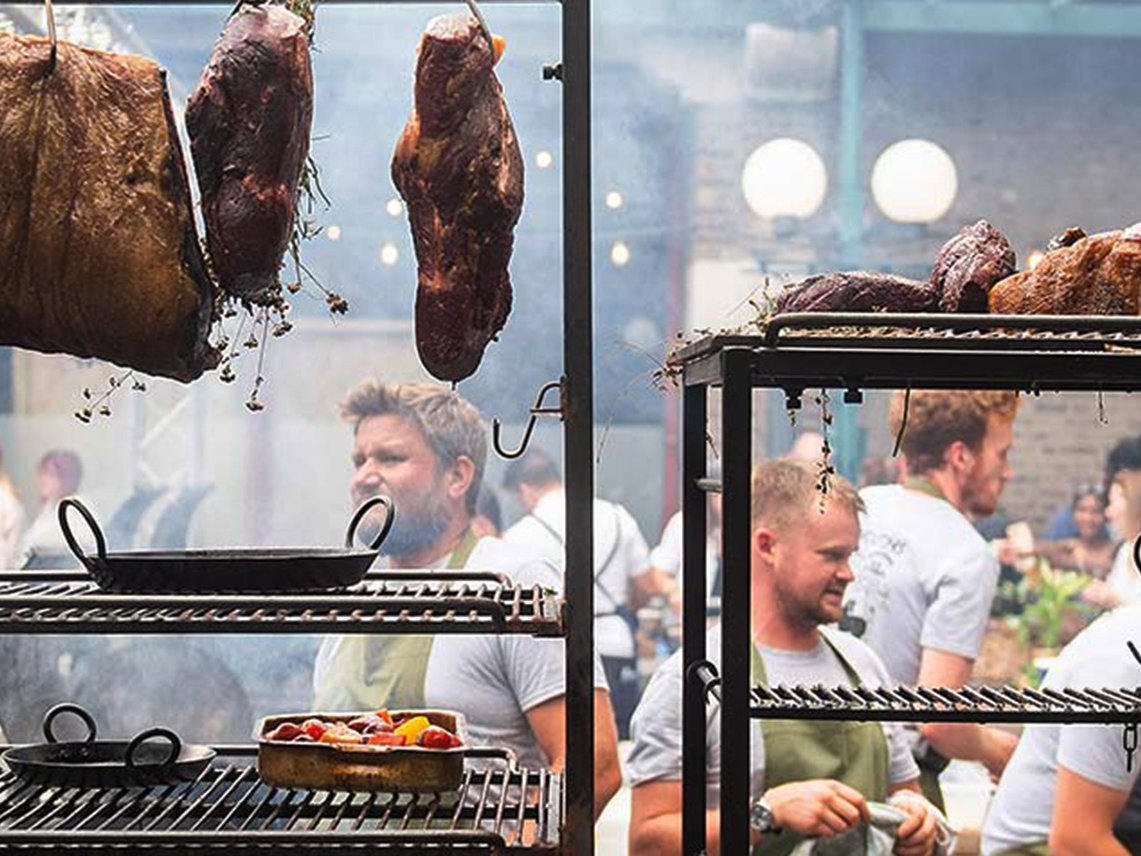An expert guide to the Nordic diet
Professor Lars Ove Dragsted explained to Falstaff why you don’t have to lose weight to experience the health benefits of this diet.
The Nordic diet is currently on everyone’s lips: those who follow it live healthier lives and can also reduce their weight. But what is really behind the hype?
One of the most recognised experts in this field is Lars Ove Dragsted, Professor at the University of Copenhagen, Head of Preventive and Clinical Nutrition at the Department of Nutrition, Exercise and Sports. As a scientist he has participated in various studies on the effects of the Nordic diet on health, which have caused some excitement. The latest study, which was actually a re-analysis of the original data published in 2013, proved that this diet has positive effects even with no weight loss. “Losing weight already improves your health conditions a lot,” Dragsted explained. During his multi-centre study, participants were not allowed to lose weight. “If they started losing weight – what they typically do on a healthier diet – we asked them to eat more to keep the weight.” This continued for 18 to 24 weeks. The scientists took samples at several time points and proved that those who followed the diet became healthier – in terms of cholesterol levels, amongst other factors. This also means you should not give up just because you don´t lose weight, as you still have a benefit. “This message is kind of comforting,” according to Dragsted.
Limits for meats and sweets
But how does the Nordic diet work? There is an emphasis on plant-based food, with strict limits for meats, sweets and processed food. Fruit and vegetables are essential; fish is also an important part of the Nordic diet (two or three times per week). Fats should come from canola and sunflower oil; animal saturated fats must be avoided.
In an interview with Falstaff, Dragsted explained how you can follow the Nordic diet and why chefs play an important role.

Falstaff: Your study says that you can be healthier by following the Nordic diet. Are people more easily convinced to follow a diet by suggesting it can reduce their weight or by suggesting it is beneficial for them?
Dragsted: If people are concerned with their weight, they want to see it going down. But it might take quite a while before it starts. Therefore, knowing that there is a health benefit is important.
Is the Nordic diet designed for the Nordic countries?
This diet has been developed for Nordic countries. In our study, we involved four different Nordic countries, and we could see that there were differences in the interpretation, because the raw materials differ. As an example, in Iceland, the fish they eat will be from the deep Atlantic, whereas in Finland, the fish will be from fresh or bracken water in the Baltic Sea or lakes. So there are differences in the raw materials. Also, the whole grain is different. When people are given the same advice, they will interpret it differently.

What does mean for people who want to eat healthy food?
It is essential that you find something that you like. We did not develop the Nordic diet due to some kind of chauvinism. We did this to show that it´s not only the Mediterranean diet that has these characteristics. If you go back 20 or 30 years, the Nordic diets were terrible, but defining it and working with chefs and restaurants, it turned out to become top of the world, with Michelin stars for the restaurants. The whole attitude to the food changed and people became very engaged in food quality and proud of their own diet. This means, you always have to respect the traditions in your country in the design of a dietary transition.
If I think of Scandinavian food, it´s more about fish. In other countries, it´s more meat.
Following a Nordic diet in e.g. the UK, it might be a bit more difficult, because it includes food with some tastes they are not used to. And if fish is very expensive where you live or if you´re not used to it, then I would think about getting the protein and improving your fats in other ways: omega-3 fatty acids also exist in rapeseed oil and olive oil, even if it is not long-chain as in fatty fish. There is not a lot of fish in the Mediterranean diet either, meat and fish are relatively small elements there. In the Nordic diet, we didn´t abandon meat, but we selected higher quality meat in lower amounts. As many of the foods as possible should come from the wild landscape. We actually served quite a lot of deer and fowl, or meat from free-ranging animals.
How important is it to develop a diet with chefs?
This is a very central thing. Chefs are able to make some real good dishes based on healthy ingredients. You can base it on the traditions of your country and spice up the food. For instance, salt is important to give taste but together with the chefs, we figured out that you can reduce the salt if you increase the spices and herbs. So we created food that is equally good, but without all this salt that is increasing your blood pressure. Eating is a very central thing in culture. If everything is just about not eating in a wrong way, then it´s terrible, and people will not accept it. You have to work with professionals who know how to make things look good, taste well and who are interested in developing new dishes based on more healthy food.
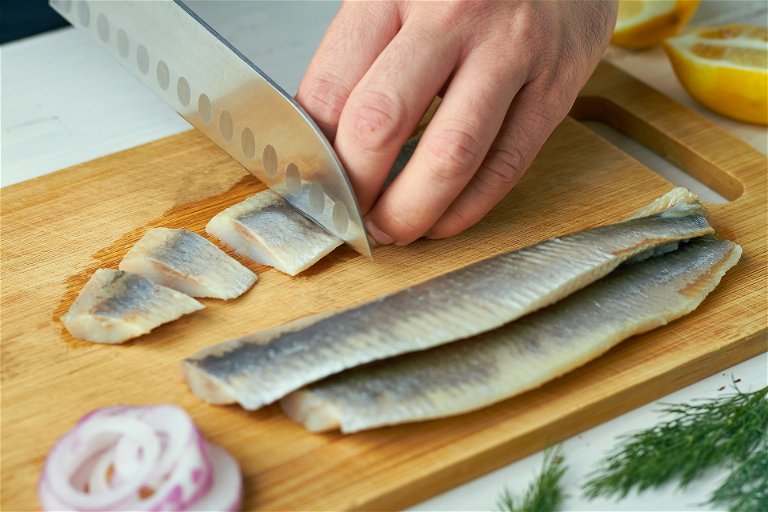
But you have to reduce meat, that's for sure?
The direction in the diet is to move away from all the heavy meat and towards more of the vegetable-based proteins; less, but high-quality meats and dairy, more pulses, and so on. We changed things a lot and made sure that the taste experience was great and that it looked great. Others tried to make a Mediterranean diet intervention in Denmark and that was hopeless. People dropped out of this diet group because of those large amounts of olive oil in the traditional Mediterranean diet; they couldn’t have it. People have to recognise taste and food compositions that they know about.
German scientists said that the Nordic diet may have a lack of dark bread and vitamins. What do you say?
We hardly eat anything but dark bread here. Whole-grain rye bread is the most common bread in the Nordic diet and practically no-one is lacking vitamins; D-vitamin in the winter, perhaps? There are no common deficiencies in vitamins in the Nordic countries or in other European countries.
Thinking of the cost of living crisis in Europe and households struggling to buy their food, it might be cheaper or easier to buy fast and processed food than healthy food. What can be done?
We cannot compete with the prices of highly-processed foods and fast foods; they offer a lot of calories for a relatively low amount of money. That´s problematic. There has to be a change in attitude, a change in how you learn to cook and eat. The best way to do this is to make children more used to healthy foods when they grow up. There is actually an illiteracy in terms of how to cook; it is a serious societal problem that young people don’t learn how to cook and how to make good food. The poorest in our society also have the least knowledge about this and, at the same time, are forced to buy the cheapest and most unhealthy.



